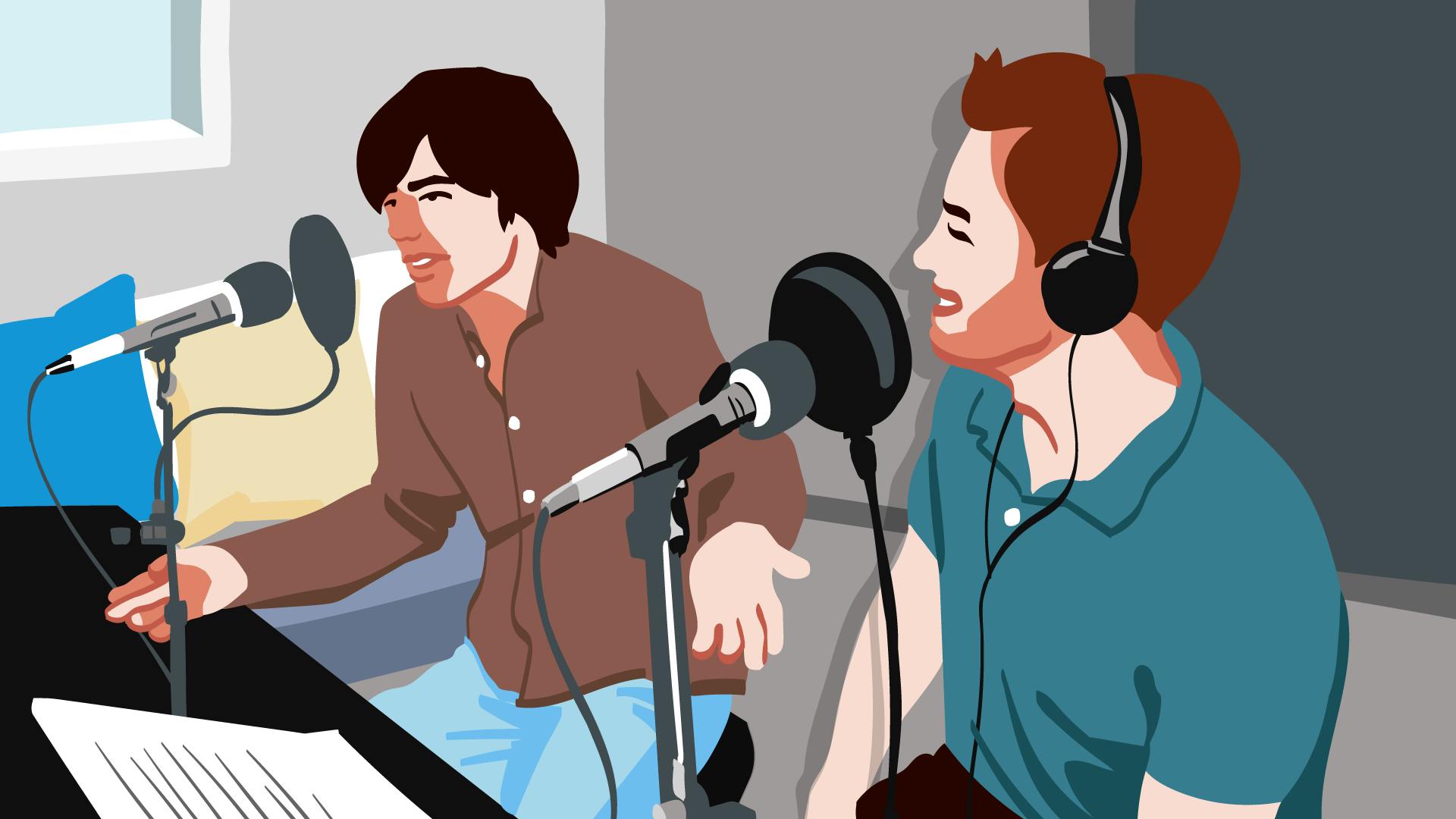Throughout history, humans can consistently rebrand or revise history. Industrialised work and the capitalist system we take part in is no different. From the rather depths of Lockdown Thought Leadership comes a new concept that freelancers and self-employed are divided about: is there now a sub-economy called the creator economy, or the passion economy? Are you already in it? What do you do if you’re in it? Let’s discuss this further.
We’ve talked before on the blog about design thinking, SCRUM and other ‘’buzzy’’ concepts that work their way into our vernaculars and lives and this discussion around the creator economy, or, passion economy, seems poignant as the existential questions loom around us as we look forward, while still stuck in lockdown.
Forbes has defined the shift from attention economy to creator economy. In essence, the creator economy is a term that describes a new marketplace that has emerged where the supply and demand of influence, distribution and content creation is exchanged and measured. As influencer marketing evolves, influencers are not only employed by brands to influence, they are now engaged to create content, provide creative strategic concepts, execute campaigns, build community conversation, provide feedback on a product, be the voice of authority and so much more.
The trade of this valuable resource is called the Creator Economy. But, it goes beyond the ‘’influencer’’ now and most especially in the wake of the Corona crisis. For many people under 35, the creator economy can directly remove third parties from the transaction or a creator being paid for their work - meaning the transaction is totally direct between the consumer and the creator. The consumer can now be located anywhere in the world, and so can the creator.
The idea that one must be an influencer to monetise their talent, passion, skillset or services has been challenged by the overwhelming influx of creators to platforms that allow them to monetise and collect funds directly from their customers. It makes sense: creators can exert more control than ever on where their work goes, how it is created and who gets a cut of the action. While companies have been created to help SME’s earn money by selling products like premium content, goods, books/ e-books, newsletters or services like fan engagement, coaching, consulting, speaking engagements - it remains the creators choice on how to engage these platforms and how to value their own work.
Amazingly too, this products are not limited in terms of what can be monetized. For example, it can even be physical products. Between April and June 2020, buyers purchased $346 million USD worth of masks from Etsy, a key player in this economy. YouTube has been planning the whole time for this moment. We are no longer tied to a fixed number of 100 cable channels. There are now over 30 million "channels" on YouTube that are uploaded 500 hours every minute of content. According to YouTube, channels are growing in the five- and six-digit range by 40%, while the total number of new channels is also growing 40%. From consultants to designers, it’s an opportunity to create a niche audience and a direct connection: because the future might just be smaller audiences of a higher value.
There are also no shortages of ways to put content online:
Video/ Streaming: YouTube, TikTok, Twitch, Instagram Live, Facebook Live, YouNow
Photography/ Graphic Design: Instagram, Snapchat, Pinterest, VSCO
Music/ Podcast: iTunes, Spotify, Pandora, Soundcloud, Anchor, Simplecast
Writing: Twitter, Medium, Quora, Substack


